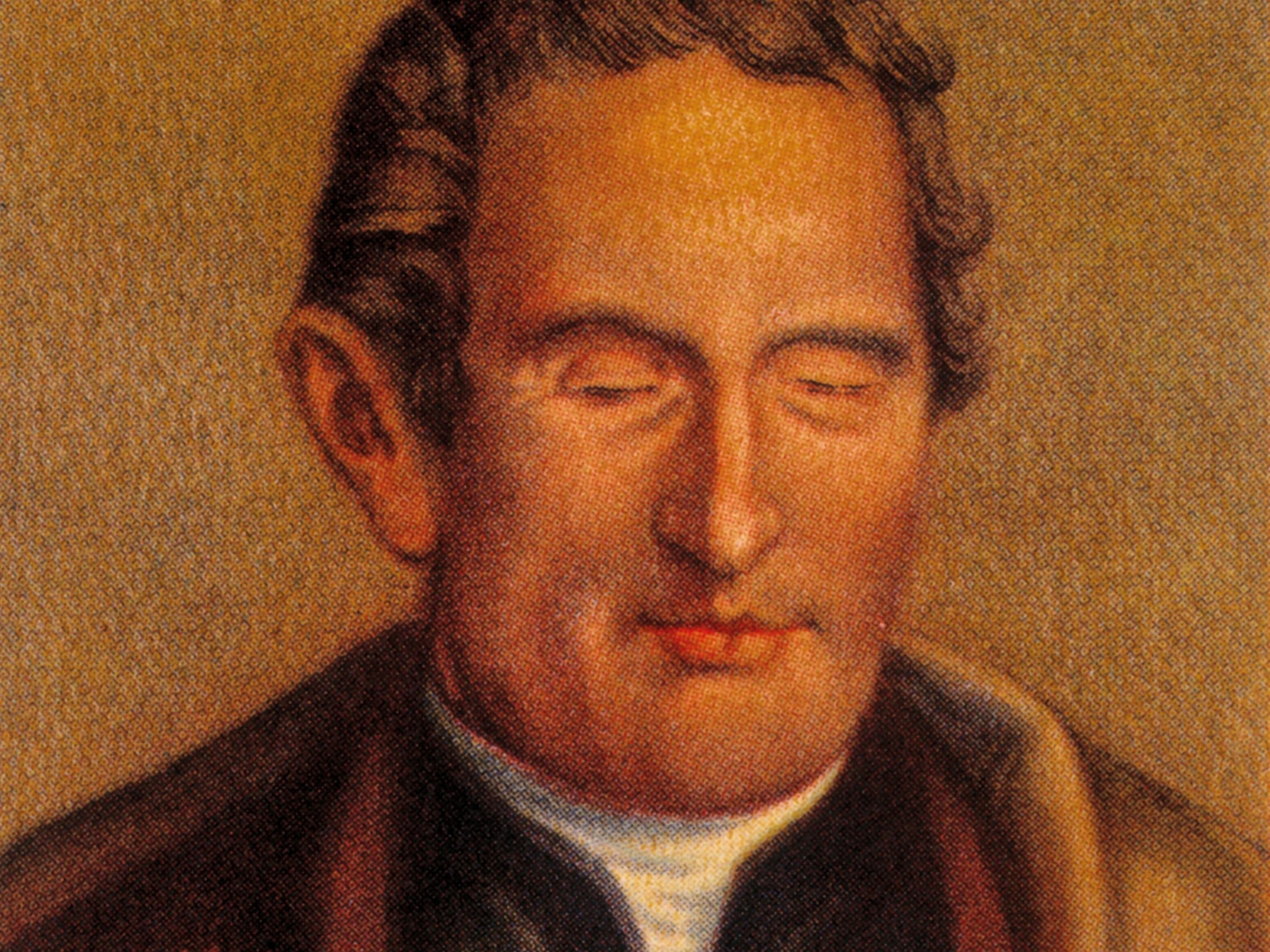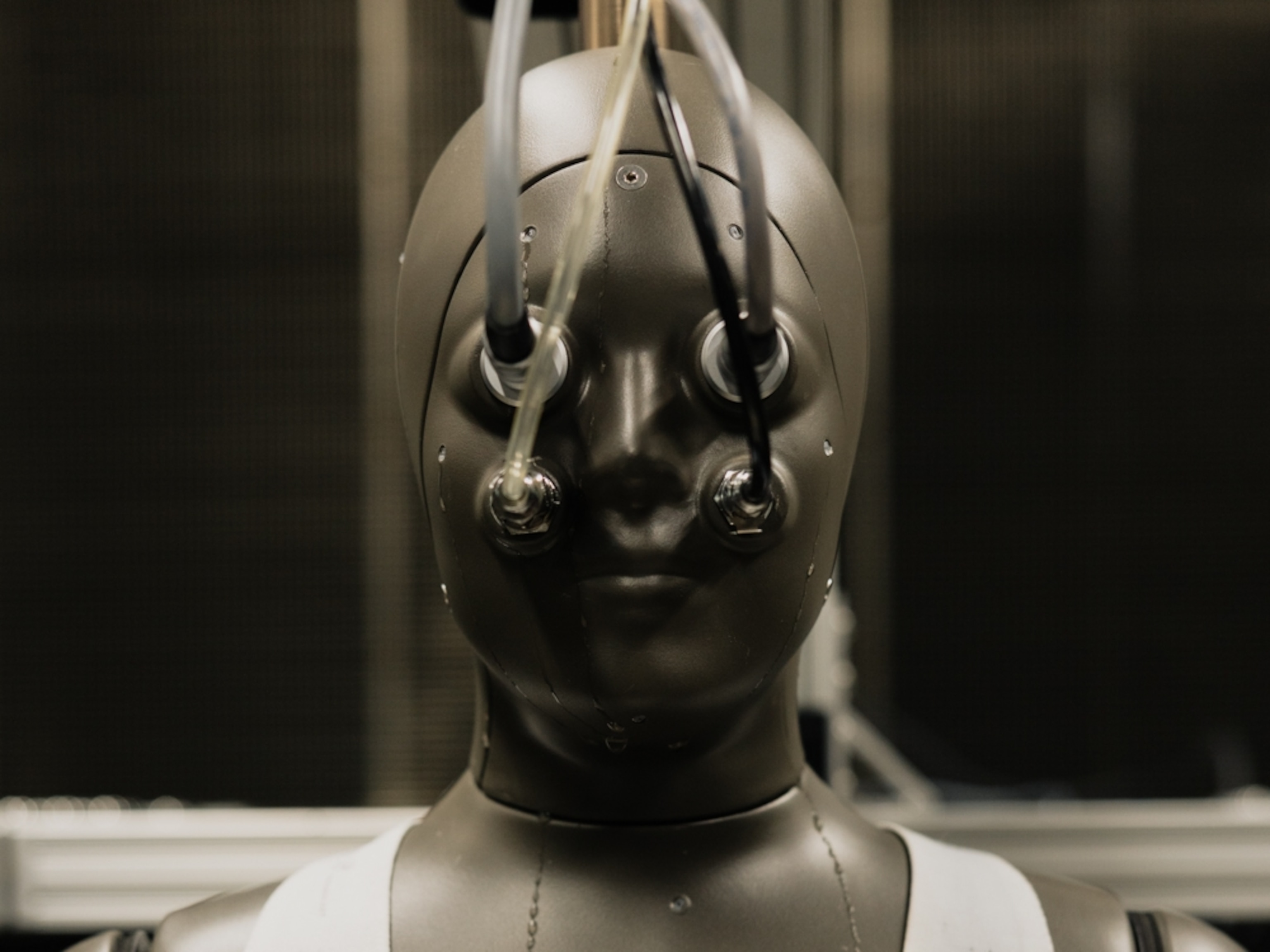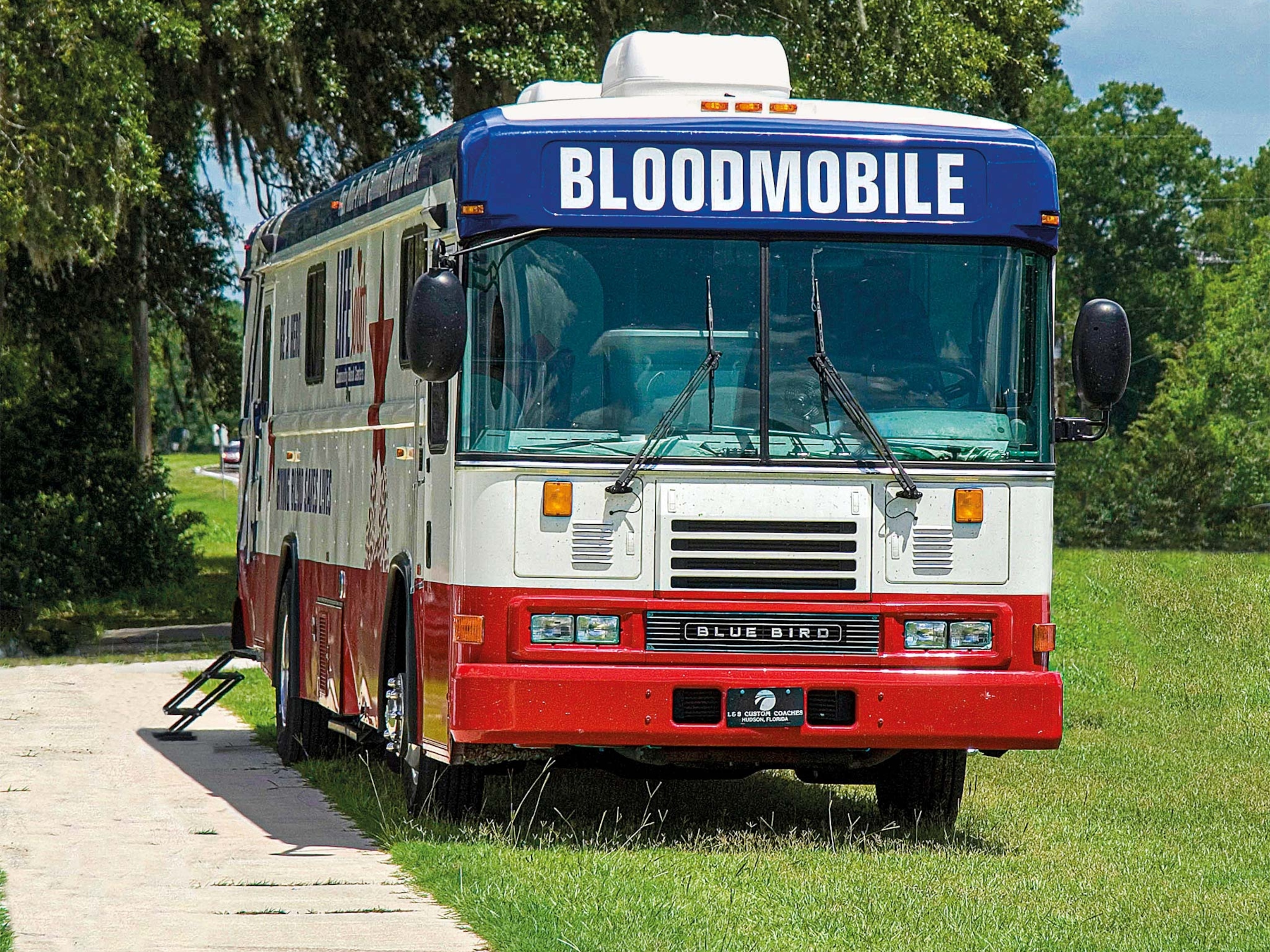
On Thomas Edison Bulb Anniversary, Lighting Breakthrough
Edison—today's Google-doodle honoree—to be surpassed by his own company?
Timed to mark the 131st anniversary of the invention of the light bulb by Thomas Edison—whose birthday is marked by a Google doodle today—General Electric on October 21 unveiled an illumination breakthrough: a high-efficiency LED bulb that employs jet-engine technology to keep cool.
But while the company founded by Edison was announcing this highly technical development, its rivals were aiming at a lighting achievement by the end of 2010 that would be far more tangible to consumers—a high-efficiency LED bulb, bright enough for reading, that can be screwed into an ordinary home lamp socket.
Both Osram Sylvania and Philips had LED bulbs designed to replace the popular 60-watt incandescent bulb on store shelves at the end of 2010. GE had a 40-watt LED bulb on the market by the end of 2010, with its 60-watt entry to the market available in by the end of 2011.
GE says its thermal management breakthrough is key for removing an obstacle to wider LED use. Because LEDs produce light through the movement of electrons through semiconductor material, they are sensitive to heat. “LEDs are basically chips you can use in your computer, and are temperature-sensitive,” says GE engineer Mehmet Arik, who led the cooling technology project. “The cooler you run them, the more efficiency you get.” GE said it has adapted airflow technology used in its aviation and energy businesses to achieve a low-cost solution in a small enough package to work in LED lighting.
GE said it was able to demonstrate the technology at work in a 1,500-lumen prototype—a bulb that stays cool while producing as much light as a 100-watt halogen bulb while using one-third of the energy. GE announced the development at a lighting symposium at the company’s research laboratories in upstate New York at an event to highlight the Edison light bulb anniversary. To mark “Lighting Appreciation Day,” GE encouraged consumers to post photos or videos of their favorite lighting to the social networking site, Twitter, using the hashtag #weheartlighting.
But it was too early for GE’s development to be employed in the first generation of LED home bulbs that the company put on store shelves at the end of 2010, or in the 60-watt bulbs it will market in 2011, the company said.
Replicating the Warmth of Thomas Edison's Invention
It hasn’t been easy to design an energy-efficient lighting appliance that consumers embrace as warmly as the gadget that Thomas Edison first fashioned 131 years ago in a Menlo Park, New Jersey, laboratory with carbonized thread from his wife’s sewing kit.
Edison’s technology so transformed the candlelit world that his lightbulb has stood for years as the iconic image of a new idea. And it’s a shape that 21st-century consumers are reluctant to leave behind, even though Edison’s incandescent lightbulb wastes energy by literally giving off more heat than light.
(See related from National Geographic magazine, "Light Pollution: Our Vanishing Night.")
“We think consumers want a lightbulb that looks like a lightbulb,” says Stephanie Anderson, director of communications at Osram Sylvania, of Danvers, Massachusetts, part of Germany’s Siemens AG. Osram Sylvania already has had an LED bulb designed as a replacement for the 40-watt incandescent in Lowe’s stores for several months.
The twisty look of the main energy-saving home bulb now on the market, the compact-fluorescent (CFL), is seen by the lighting industry as one of a series of stumbling blocks that has prevented the product from gaining deep acceptance.
A U.S. government survey in 2009 found that only 11 percent of household sockets have CFLs. Even though CFLs easily save consumers money through lower utility bills, because they use 75 percent less energy than incandescent bulbs and last five years instead of a few months, consumers have numerous issues with the new bulbs: their color, premature burnout, the expense of dimmable CFLs, and the need to take extra care disposing of them because they contain a small amount of mercury.
Lighting experts tout long-lasting, ultra-low-energy light-emitting diodes (LEDs)—first seen as indicator lights on appliances—as the remedy for virtually all of these issues. LEDs are common in thousands of applications, from traffic lights to jumbo television screens to intense flashlights. Years of research have produced ever-brighter and ever-whiter LEDs, with lighting manufacturers now prepared to offer products they say are good enough for the living room lamp.
“Sixty watts is the holy grail of the LED replacement game,” says Anderson. “We are absolutely in a race to be the first to deliver America’s most popular lightbulb.”
Willing to Pay More for Edison-Bulb's Replacement?
Cost will be the biggest remaining hurdle for consumers, with incandescent bulbs going for about 25 cents and household LED bulbs on the market for about $35 or $40 each, says Anderson.
Manufacturers will have to convince consumers that the up-front cost is worth it for a bulb that will last for 20 years and will reduce utility bills. According to the U.S. Department of Energy, the average U.S. household uses about 40 lightbulbs and spends $200 a year on utility costs for lighting, or 20 percent of their electric bill.
U.S. consumers won’t have the choice of cheap incandescent bulbs much longer. As part of energy-saving legislation three years ago, Congress mandated a phaseout of the Edison incandescent lightbulb beginning in 2012. In the same legislation, Congress sought to spur development of more alternatives, including authorizing a $10 million prize to the developer of the first high-quality LED bulb that could replace the 60-watt household incandescent.
But so far, only one company—Philips, the largest lighting company in the world and a division of Royal Philips Electronics of the Netherlands—has entered its product for consideration in the L-Prize competition sponsored by the U.S. Department of Energy and numerous utility company partners.
Philips’ year-old entry is still being run through rigorous testing to see that it meets brightness and durability standards—with 200 bulbs being tested for 6,000 hours each at temperatures as high as 113º F (45º C). And 1,300 samples are being tested by utilities across the nation in real-world settings; it was important that the company be able to produce a large number of samples, said Kelly Gordon, program manager with Pacific Northwest National Laboratory, which is providing lead technical support to the Department of Energy’s solid-state lighting program. “We didn’t want something they could put together in the lab without being really close to market,” she said. Gordon said the department is expecting more entries, and the contest will continue until a product is found that can meet the test.
Anderson, of Osram Sylvania, while praising the L-Prize competition, said her company was keeping its focus on producing a bulb for the market rather than for a prize.
There are other LEDs entering the home markets aside from the 60-watt replacement bulb. LED manufacturer Cree, in Durham, North Carolina, is selling a replacement for home recessed light fixtures at a price of about $50 a unit at Home Depot stores. The Cree bulb, which is integrated with a fixture the consumer installs, attempts to tap into one of the most common lighting features in U.S. homes, where there are 500 million recessed downlights.
Still, all the research to put a new generation of bulbs in living rooms, kitchens, bedrooms, and baths is aimed at capturing just a small portion of the lighting industry pie. Commercial lighting dominates the $108 billion world lighting market, with residential lighting just 12.5 percent. But Al Safarikas, director of marketing for Cree, says that it’s an inevitable focus for manufacturers.
“While the home market is not the biggest lighting market, it is the way we relate to lighting, the same way we relate to food by eating it,” he says. “The home market is a very intimate way to reach the individual.”
This story is part of a special series that explores energy issues. For more, visit The Great Energy Challenge.
RELATED
- "Imminent ‘Lighting Revolution’ Could Save Trillions of Dollars, Researchers Predict"
- "Inventor Turned Up Energy Savings By Dimming The Lights"
- Thomas A. Edison Papers Project
- Why Thomas Edison's Legacy Includes Starless Nights
Note: An earlier photo of this story used another image.








